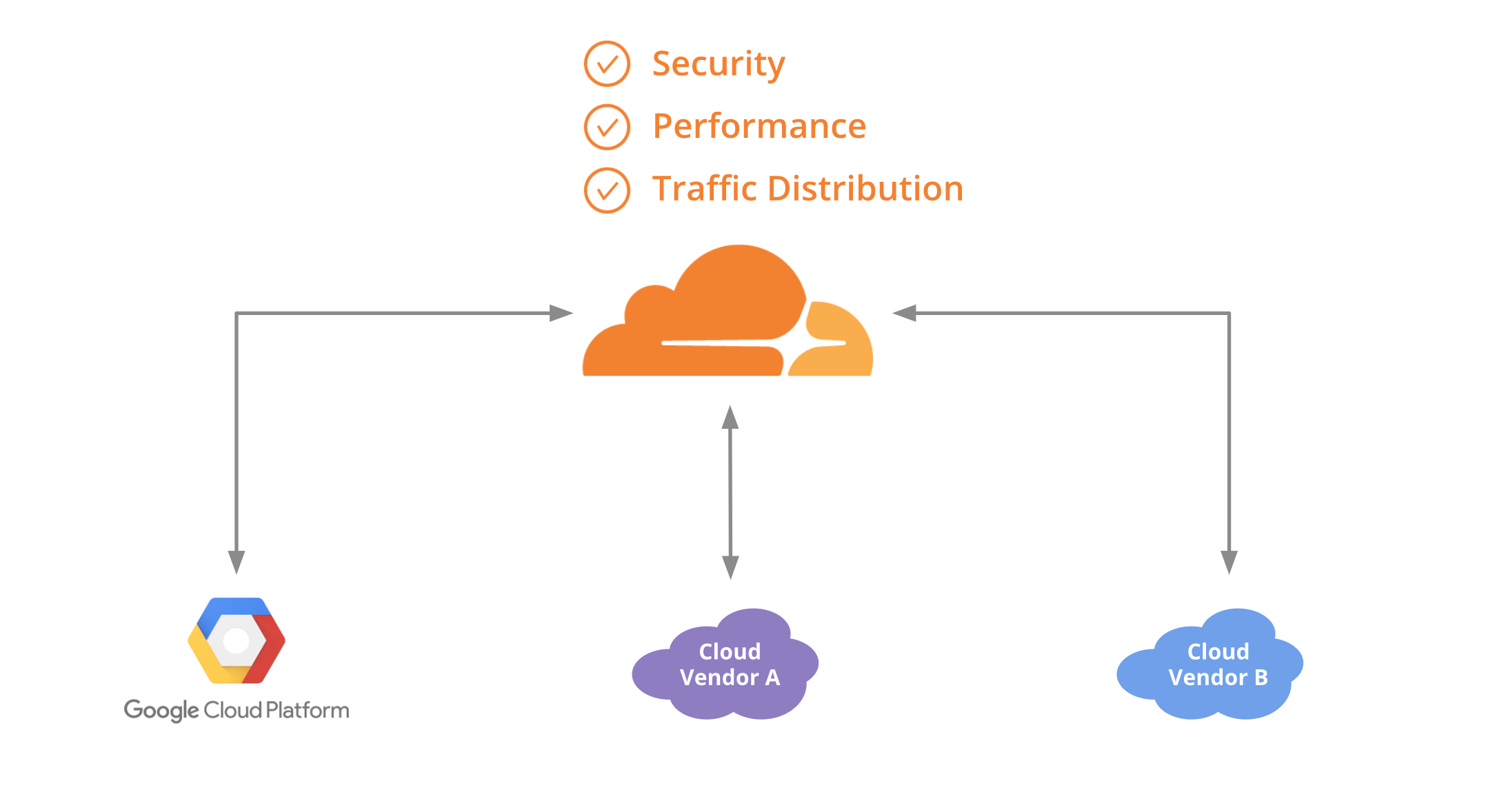How EVPN saved SDN from the brink of death
In 2010 and 2011, Software Defined Networking (SDN) was the hot new way of looking at architecture, and everyone had high hopes that it would reduce the stress of highly manual and complex operations. That was then, but now we’re in 2018 and it appears that SDN hasn’t quite fulfilled what it advertised, as many networks remain expensive, complex and proprietary. Some may claim that SDN is dead, but perhaps that’s not the case; maybe SDN has changed from its previous understanding and taken on a new definition. With solutions like EVPN and freedom from proprietary controllers bringing it back to life, SDN has risen like a phoenix from the ashes to finish the mission it started. How did we get here and what’s changed? You can check out our white paper for a more in-depth, technical look at SDN’s journey, or you can keep reading here for a CliffsNotes version of the information.
A link to the past: what SDN promised us
SDN promised to enable the network to behave like the server world, where resources could be virtualized and new environments could be deployed or decommissioned almost instantaneously. SDN sought to break-up the vertical stack by moving the Continue reading
Weekend Reads 022318: Copyright, walls, and botnets
Akamai’s Fourth Quarter, 2017 State of the Internet, was released today in which it states that the analysis of more than 7.3 trillion bot requests per month has found a sharp increase in the threat of credential abuse, with more than 40 percent of login attempts being malicious. Additionally, the report warns DDoS attacks Continue reading
Carrier Blockchain Consortium Grows International Presence
 The group is working to establish a cross-carrier blockchain platform.
The group is working to establish a cross-carrier blockchain platform.
Show 378: Cisco Zero Touch Provisioning (Sponsored)
Today's Weekly Show explores Zero Touch Provisioning (ZTP) with sponsor Cisco. We'll look at doing ZTP at scale, plus drill into iPXE and ONIE, golden ISOs, and integration with tools such as Chef, Puppet, and Ansible. The post Show 378: Cisco Zero Touch Provisioning (Sponsored) appeared first on Packet Pushers.SDxCentral’s Weekly Roundup — February 23, 2018
 Qualcomm increases NXP offer, making Broadcom change its offer; Google pushes cloud IoT to general availability.
Qualcomm increases NXP offer, making Broadcom change its offer; Google pushes cloud IoT to general availability.
Juniper Names its First Contrail SD-WAN Service Provider Customer
 Contrail SD-WAN includes hardware and software.
Contrail SD-WAN includes hardware and software.
What’s Your #TechConfession?

Think back to the first moment you fell in love with technology. Was it love at first deployment? What about developing code to trick your school’s bell system into letting your class out early? If you love all things technology, or you’re a technologist, then you should definitely put #TechConfessions, the podcast and YouTube playlist, on your radar.
#TechConfessions is a weekly podcast and web series that uncovers the deep, dark tech secrets of some of high tech’s finest minds. The series looks to expose the inner thoughts and forgotten stories of tech professionals. Hear from top tech pros as they divulge the early beginnings of their tech careers and proclaim their favorite software-defined moments. Get insights into what makes these tech leaders tick, and discover their long-burning passion for all things tech.
Director of Influence Marketing at VMware, Amy Lewis, one of the hosts of #TechConfessions, gives a voice to the professionals witnessing industry changes. Going from a hardware to a software state of mind happens differently for everyone. As the host of #TechConfessions, Amy digs deep to get the real backstory behind each individual’s transition into the world of software.
So far, season one Continue reading
2018 NFV Report Series Survey: Love NFV or Hate NFV? Share Your Thoughts with Us.
 Take the 2018 NFV Report Series Survey and enter to win one of two $300 Gift Cards redeemable at various retailers including Amazon, Target, Visa Virtual Card, etc.
Take the 2018 NFV Report Series Survey and enter to win one of two $300 Gift Cards redeemable at various retailers including Amazon, Target, Visa Virtual Card, etc.
Creating a single pane of glass for your multi-cloud Kubernetes workloads with Cloudflare

(This is a crosspost of a blog post originally published on Google Cloud blog)
One of the great things about container technology is that it delivers the same experience and functionality across different platforms. This frees you as a developer from having to rewrite or update your application to deploy it on a new cloud provider—or lets you run it across multiple cloud providers. With a containerized application running on multiple clouds, you can avoid lock-in, run your application on the cloud for which it’s best suited, and lower your overall costs.
If you’re using Kubernetes, you probably manage traffic to clusters and services across multiple nodes using internal load-balancing services, which is the most common and practical approach. But if you’re running an application on multiple clouds, it can be hard to distribute traffic intelligently among them. In this blog post, we show you how to use Cloudflare Load Balancer in conjunction with Kubernetes so you can start to achieve the benefits of a multi-cloud configuration.
To continue reading follow the Google Cloud blog here or if you are ready to get started we created a guide on how to deploy an application using Kubernetes on GCP and AWS Continue reading
The Cost of Cybercrime
Most people paying attention would expect that the cost of cybercrime has gone up in recent years. But a new report has put a number on it: Worldwide cybercrime costs an estimated $600 billion USD a year.
That’s up from $500 billion USD in 2014, the last time security vendor McAfee and think tank the Center for Strategic and International Studies released a similar study. The new estimate amounts to 0.8 percent of global GDP, up from 0.7 percent in 2014.
“Cybercrime is relentless, undiminished, and unlikely to stop,” writes report author James Lewis, senior vice president at CSIS. “It is just too easy and too rewarding, and the chances of being caught and punished are perceived as being too low.”
Lewis points to poorly-protected IoT devices as a particular problem. Insecure IoT devices “provide new, easy approaches to steal personal information or gain access to valuable data or networks,” he writes. They also power botnets that can create massive denial-of-service attacks.
Among the other reasons for the growth in the cost of cybercrime:
- Cybercriminals are embracing new attack technologies.
- Many new Internet users come from countries with weak cybersecurity.
- Online crime is becoming easier through cybercrime-as-a-service Continue reading
Short Take – Breaking Things
Should you be breaking things intentionally on your network? The idea might sound preposterous to some, but in this short take Russ White explains how intentional failures can make your network more resilient.
The post Short Take – Breaking Things appeared first on Network Collective.
Cisco and Rackspace Team Up on Multi-Cloud Security
 The managed cloud provider deploys more than 22,000 Cisco firewalls.
The managed cloud provider deploys more than 22,000 Cisco firewalls.
Networking Career: Taking the Road Less Traveled
The traditional certification route for NetOps is giving way to automation and coding skills.
Why Is Container Security So Difficult?
 IT departments want containers to make their lives easier, not harder.
IT departments want containers to make their lives easier, not harder.




